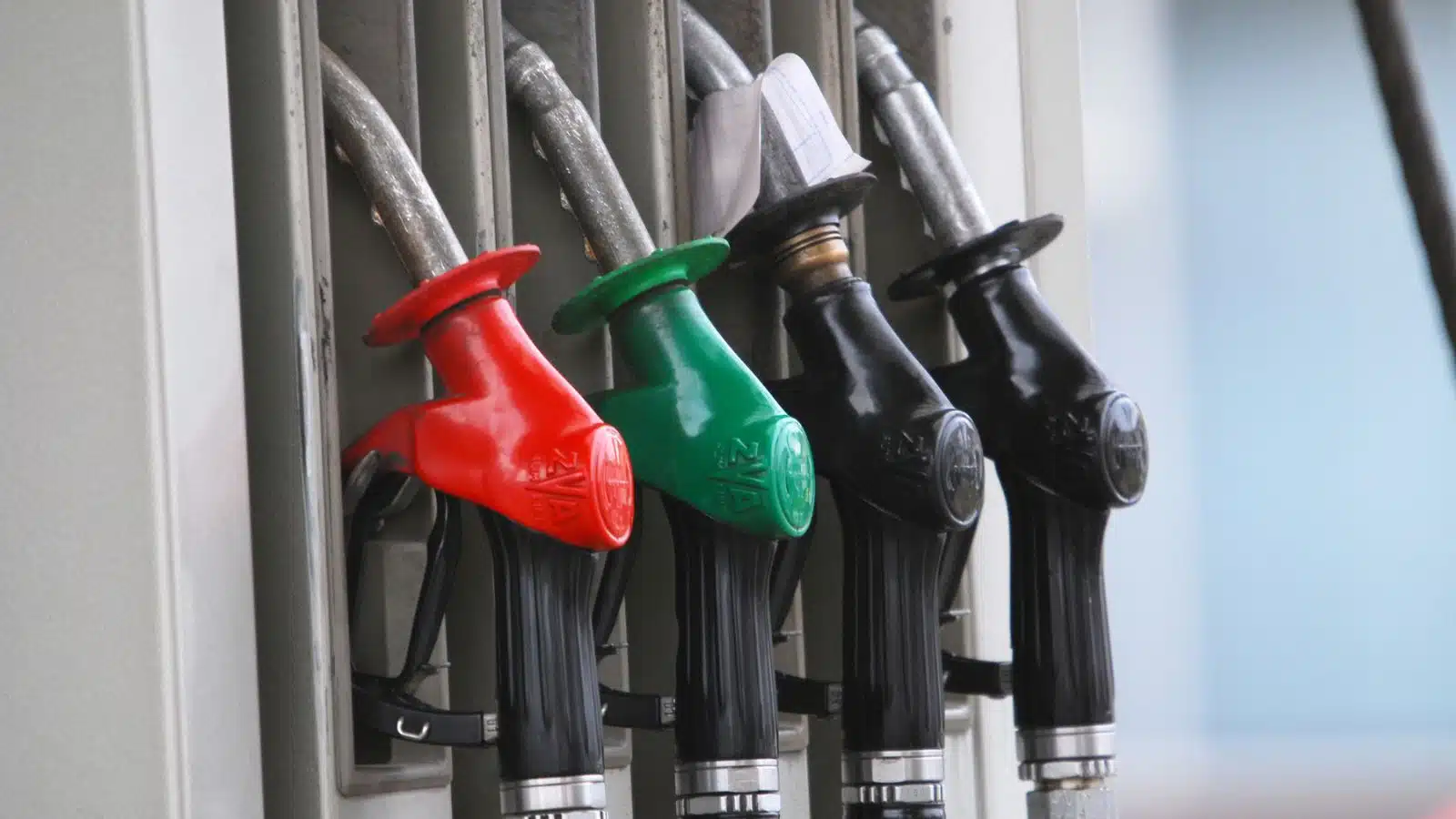In today’s world, the prices of various items have been steadily increasing over time. Unfortunately, these overpriced items include our basic essentials. Everyone is feeling the squeeze on their wallet. Here is a list of the important items that have become too expensive.
1. Housing

The skyrocketing prices of housing have become a cause for concern in many regions. Factors such as increased demand, limited supply, and inflation have contributed to the escalating costs. The dream of owning a home has become increasingly unattainable for many individuals and families. As a result, the rental market has also seen substantial growth, with landlords taking advantage of the housing crisis to raise rents, making it challenging for people to find affordable housing.
2. Education

The cost of education has surged significantly in recent years, putting a strain on students and their families. Tuition fees for colleges and universities have risen far above the rate of inflation, making higher education less accessible to many. Additionally, the expense of textbooks, supplies, and accommodation has also increased. This inflation in education costs has led to a rise in student loan debt, burdening individuals with financial obligations long after they have completed their studies.
Follow Invested Wallet For More

If you’ve enjoyed reading our content and are passionate about learning wealth, manage your finances, and achieve financial freedom, we’d love for you to join our community! Click here to follow Invested Wallet for more.
3. Healthcare

Healthcare costs have been on a relentless upward trajectory, posing a substantial financial burden on individuals and families. Factors like technological advancements, rising pharmaceutical prices, and the cost of specialized treatments contribute to the overall increase. Insurance premiums and out-of-pocket expenses have also risen dramatically, making it challenging for many to afford necessary medical care. As a result, healthcare has become a luxury for some, leading to disparities in access and exacerbating the inequality in society.
4. Gasoline

The price of gasoline has been a subject of frustration for motorists worldwide. Volatile oil prices, geopolitical tensions, and environmental concerns have all played a role in the steady increase in fuel costs. As demand continues to rise, so does the price at the pump. This has ripple effects across various sectors, as transportation costs increase, affecting the prices of goods and services that rely on efficient delivery networks.
5. Food

The cost of food has experienced a gradual incline over the years, affecting consumers’ budgets globally. Factors such as changing weather patterns, increased transportation costs, and shifts in global trade have all contributed to the rise in food prices. Additionally, the demand for organic and specialty food products has grown, further increasing their price tags. As a result, many individuals and families find it challenging to afford a nutritious and balanced diet.
6. Technology

While technological advancements have brought remarkable innovations, they have also come with a higher price tag. The cost of consumer electronics, such as smartphones, laptops, and televisions, has steadily increased over time. Factors like research and development, manufacturing costs, and increased demand for cutting-edge technology have all played a part. As a result, staying up to date with the latest gadgets has become a significant financial investment for many consumers.
7. Travel

The cost of travel, whether for business or leisure, has become increasingly expensive. Fluctuating oil prices, security measures, and airline operational costs have contributed to the rising cost of airfare. Accommodation, transportation, and dining expenses at travel destinations have also experienced inflation. As a result, individuals and families need to plan their trips meticulously, considering the financial implications of each aspect, making travel a luxury that is out of reach for some.
8. Energy

The cost of energy, including electricity and natural gas, has steadily climbed over the years. Factors such as limited resources, increased demand, and investments in renewable energy have contributed to this rise. As governments focus on reducing carbon emissions, transitioning to cleaner sources of energy often comes with a higher price tag. This increase in energy costs affects households and businesses alike, as they face higher utility bills and operational expenses.
9. Automobiles

The price of automobiles has continued to climb, making it more challenging for individuals to purchase a new vehicle. Factors such as advanced safety features, stricter emission regulations, and enhanced technology in cars have contributed to the overall increase. Additionally, the rising cost of raw materials and labor has impacted manufacturing expenses, leading to higher sticker prices for consumers. As a result, many people are opting for used vehicles or seeking alternative transportation options.
10. Childcare

The cost of childcare has experienced a significant surge, creating financial strain for many families. Factors such as increased demand, limited availability of quality care, and rising labor costs contribute to the escalating prices. Daycare centers, preschools, and after-school programs have become increasingly expensive, often surpassing the costs of college tuition. This puts working parents in a challenging position as they strive to balance their careers with the high price of quality childcare.
11. Leisure and Entertainment

The cost of leisure and entertainment activities has seen a noticeable increase over time. Tickets to concerts, sporting events, and theme parks have become more expensive, driven by factors such as rising artist fees, operational costs, and demand for unique experiences. Streaming services for movies and television shows have also seen price hikes, reflecting the investment in original content production. As a result, individuals and families may need to carefully budget their leisure activities to accommodate the rising costs.
12. Higher Insurance Premiums

Insurance premiums for various types of coverage have risen consistently in recent years. Factors such as increasing claims, rising healthcare costs, and natural disasters contribute to the higher costs of homeowners, auto, health, and life insurance. As insurers seek to mitigate their risks and cover their expenses, policyholders face higher premiums to maintain adequate coverage. This can create a financial burden for individuals and families, who must carefully evaluate their insurance needs while considering their budgets.
10 Frugal Lessons I Learned From Being Flat Out Broke

I was living in the middle of a big city all by myself and paying my bills on a server’s salary. I had zero savings and was living paycheck to paycheck just to get by; frugal living was a necessity.
10 Frugal Lessons I Learned From Being Flat Out Broke
Follow Invested Wallet For More

If you’ve enjoyed reading our content and are passionate about learning wealth, manage your finances, and achieve financial freedom, we’d love for you to join our community! Click here to follow Invested Wallet for more.
